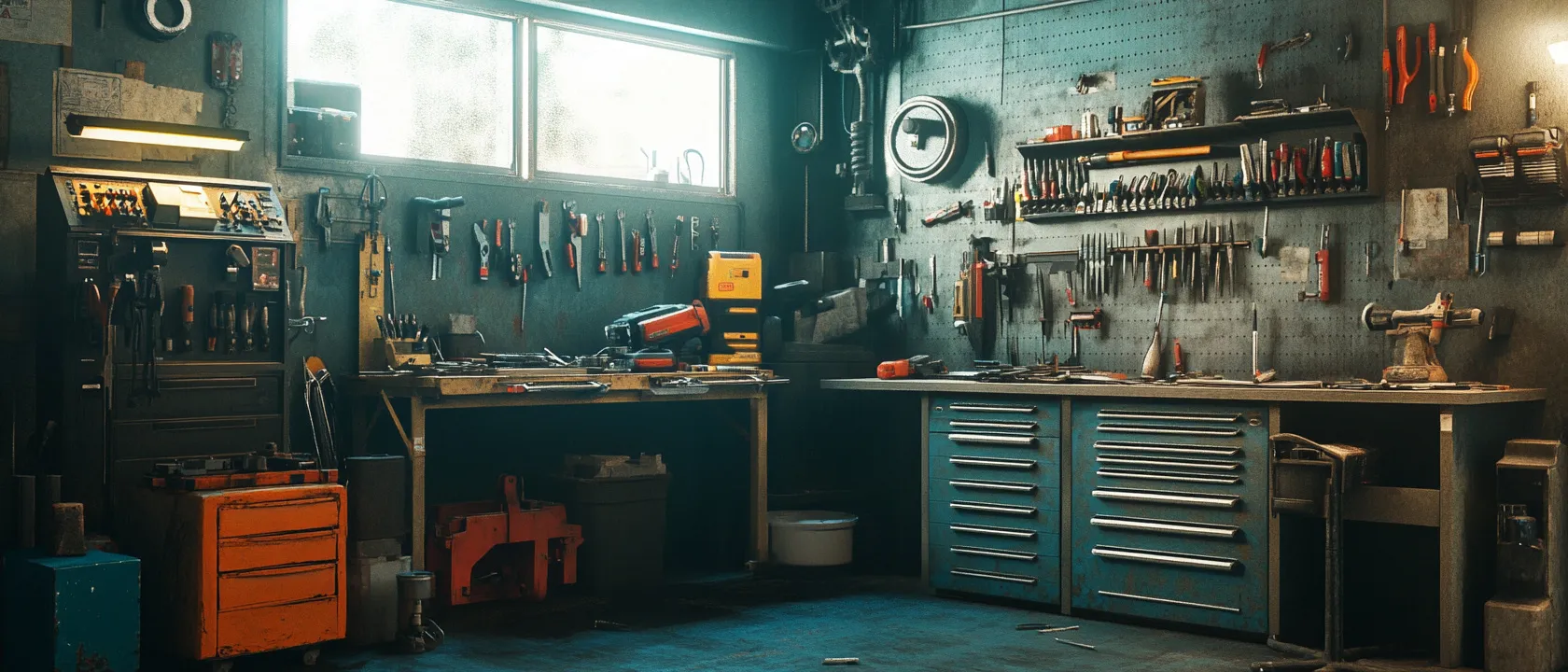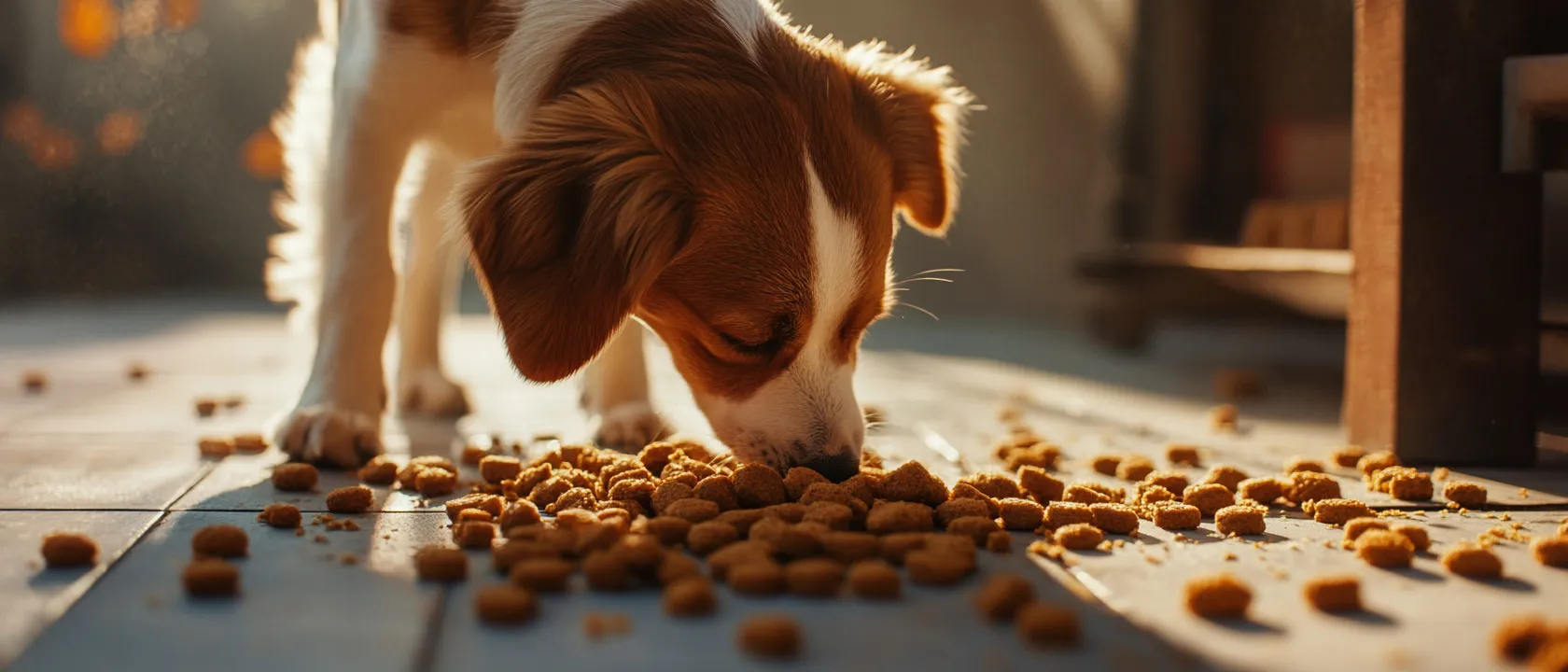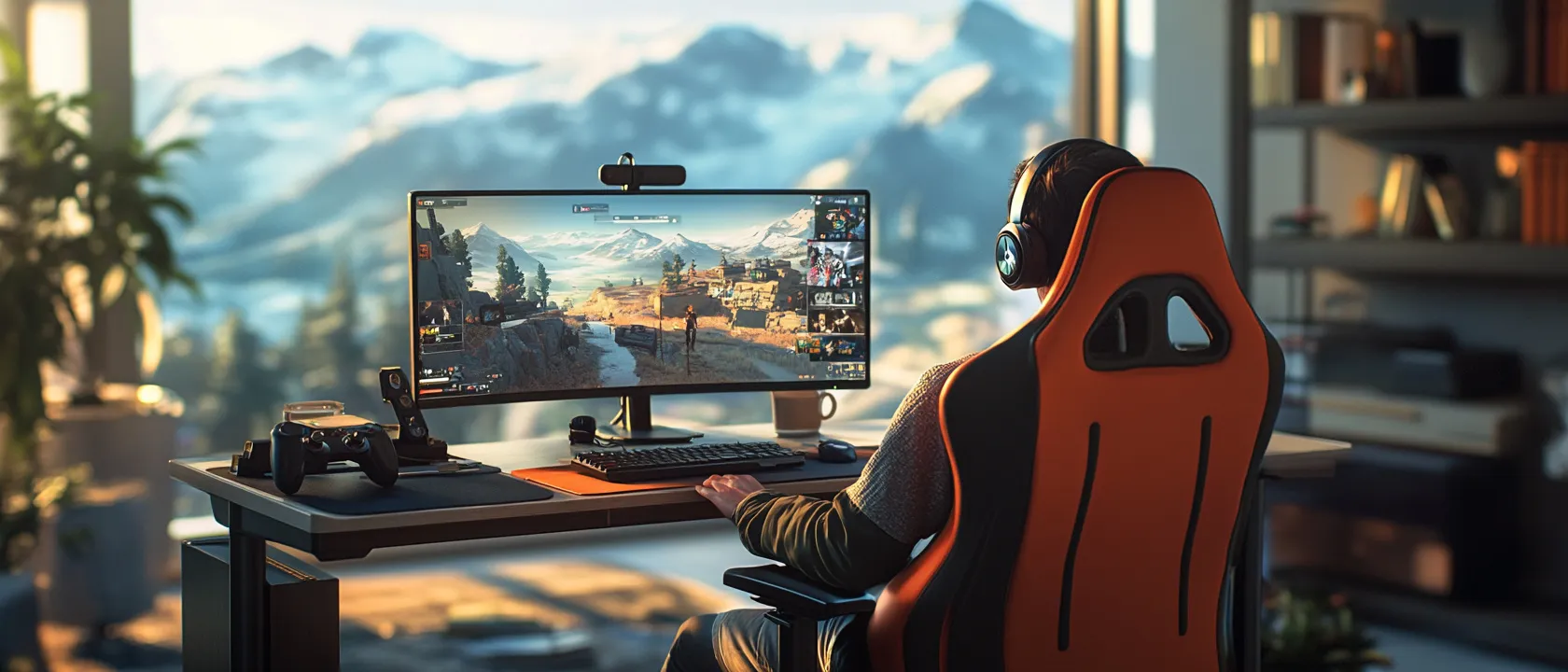The modern home has embraced automation in many forms, but perhaps no smart device has promised as much practical benefit as the robot vacuum. These autonomous cleaners pledge to eliminate one of the most persistent household chores, silently maintaining clean floors while we focus on more important matters. Yet the reality often falls short of the glossy marketing promises. With prices ranging from $200 budget models to premium options exceeding $1,500, consumers rightfully question: which robot vacuum brands truly deliver on their promises, and which leave users with expensive disappointments?
This comprehensive analysis cuts through marketing hype to evaluate the real-world performance of today’s leading robot vacuum brands. Based on extensive testing data, consumer feedback, and long-term reliability assessments, we’ll examine which manufacturers deliver genuine cleaning prowess, intelligent navigation, thoughtful design, and lasting value.
Understanding Robot Vacuum Technology: The Core Capabilities
Before evaluating specific brands, it’s essential to understand the fundamental technologies that separate exceptional robot vacuums from mediocre alternatives:
Cleaning Technology: Suction, Brushes, and Filtration
The primary purpose of any vacuum is cleaning performance, which depends on several interrelated systems:
- Suction power: Typically measured in Pascal (Pa) units, ranging from 500 Pa in budget models to 5,000+ Pa in premium offerings. Higher suction enables deeper carpet cleaning and better debris removal.
- Brush systems: Most effective designs feature a combination of rotating main brushes (rubber or bristle) and side brushes. Advanced models use dual rubber extractors that resist tangling from hair and provide more consistent contact with various floor surfaces.
- Filtration efficiency: Higher-grade HEPA filters capture finer particles, beneficial for allergy sufferers. Filter design also affects how well suction is maintained as the dustbin fills.
- Mopping capabilities: Many modern robot vacuums incorporate mopping functions, ranging from simple dampened pads to active scrubbing mechanisms and self-cleaning mop systems.
Navigation Intelligence: Mapping and Obstacle Detection
A robot vacuum’s ability to navigate efficiently determines both cleaning thoroughness and user convenience:
- Basic navigation relies on random patterns with simple bump sensors and cliff detection, resulting in inefficient cleaning routes but lower cost.
- Gyroscopic navigation improves efficiency through methodical patterns while still primarily relying on physical contact to detect boundaries.
- Camera-based systems (VSLAM – Visual Simultaneous Localization and Mapping) use ceiling features to determine position, enabling systematic coverage and stored maps.
- Laser-based systems (LIDAR – Light Detection and Ranging) create precise environmental maps and function in darkness, typically providing the most efficient navigation.
- Obstacle avoidance technology uses AI-powered cameras or 3D sensors to identify and avoid common household items like cords, shoes, and pet waste—a crucial advancement for practical autonomy.
Smart Features and User Experience
The interface between user and robot significantly impacts satisfaction:
- App quality and reliability determines how easily users can schedule cleanings, create no-go zones, select specific rooms, and access maintenance information.
- Voice assistant integration enables control through Amazon Alexa, Google Assistant, or Apple HomeKit ecosystems.
- Mapping sophistication ranges from basic outlines to detailed floor plans with furniture recognition and customizable room designations.
- Automation capabilities including scheduled cleaning, auto-emptying docks, self-cleaning systems, and integration with other smart home devices.
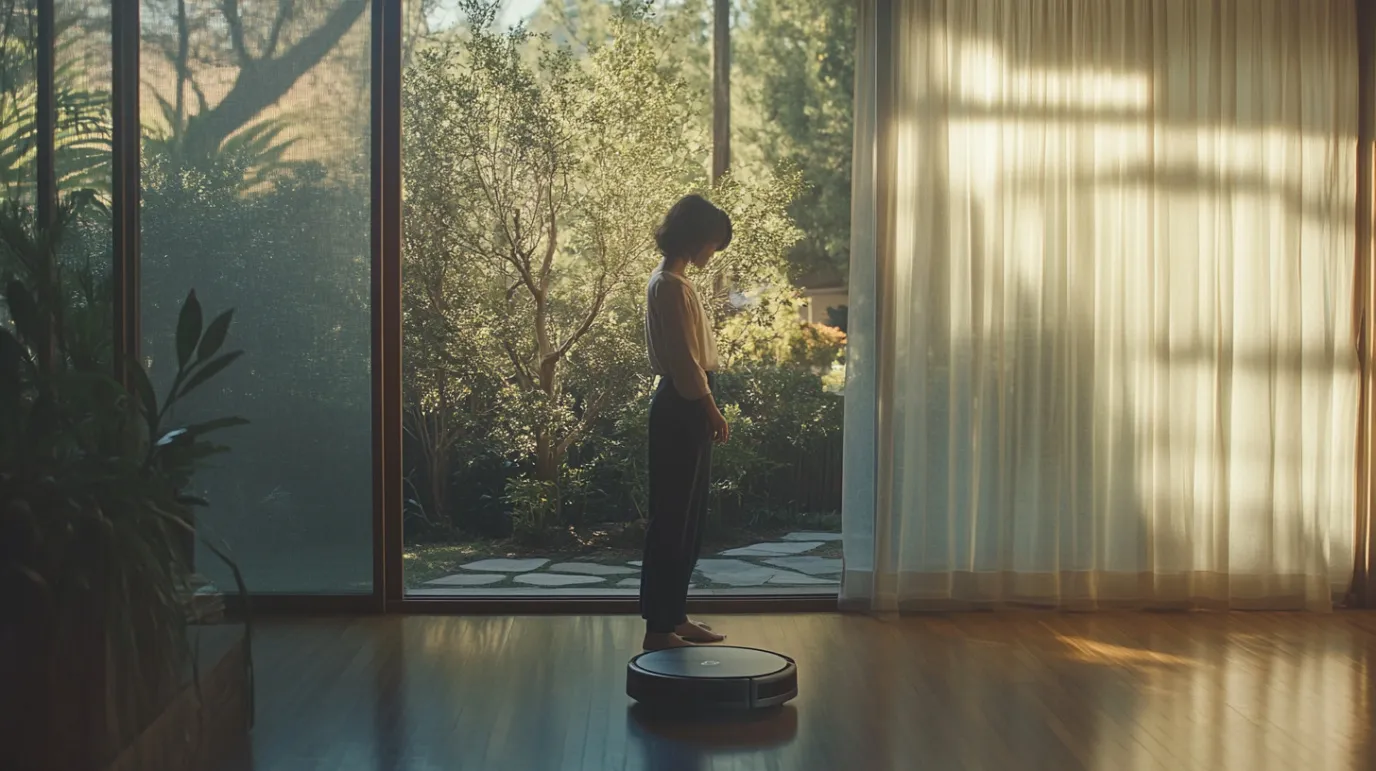
The Leading Contenders: Brand-by-Brand Analysis
With these core technologies understood, let’s evaluate how the major manufacturers implement them and where each truly excels—or falls short:
iRobot (Roomba): The Pioneer With Mixed Results
As the company that popularized robot vacuums, iRobot’s Roomba line has built tremendous brand recognition. But does their performance match their reputation?
Cleaning Performance
Roomba models demonstrate consistently strong performance on carpets, particularly with pet hair removal. The dual rubber extractors introduced in their 800 series and refined in subsequent generations effectively prevent hair tangling while maintaining good surface contact. However, suction power lags behind several competitors, with even their flagship j9+ model offering modest suction compared to similarly priced alternatives.
The company’s carpet detection technology (“Carpet Boost”) intelligently increases suction on carpeted surfaces, maximizing battery efficiency. Edge cleaning remains a weakness across most models, with debris often remaining in corners despite specialized side brushes.
Mopping functionality has historically been Roomba’s weakest area, with separate Braava models offering basic performance. The newer Combo j9+ integrates both functions more effectively but still doesn’t match dedicated mopping alternatives.
Navigation Intelligence
Navigation approaches vary significantly across the Roomba lineup:
- Entry-level models (600/700 series) use outdated random navigation patterns that result in inefficient cleaning and occasional missed areas.
- Mid-range models (i3/i4) use gyroscopic navigation for more methodical patterns but lack mapping capabilities.
- Premium models (j7/j9, s9) employ camera-based VSLAM technology with increasing sophistication, including the standout PrecisionVision Navigation in j-series models that can identify and avoid common obstacles including pet waste—a genuine practical advantage over many competitors.
Roomba’s mapping technology has improved significantly but still trails LIDAR-based competitors in efficiency and reliability, particularly in low-light conditions where camera systems struggle.
Reliability and Longevity
Where Roomba truly excels is in long-term durability and repairability. Consumer reports and technician feedback consistently indicate Roomba vacuums often remain operational for 5+ years with proper maintenance, significantly outlasting many competitors. iRobot’s modular design approach allows for relatively easy battery replacement and repair of common failure points.
Parts availability represents another significant advantage, with iRobot maintaining excellent support for older models. The company’s established service network provides repair options beyond the typical warranty period.
Value Assessment
iRobot products typically command premium prices that don’t always align with their technical specifications. Consumers essentially pay for proven reliability, strong U.S.-based customer support, and obstacle avoidance capabilities rather than class-leading suction or cutting-edge navigation. The recent Amazon acquisition raises questions about future privacy policies and ecosystem integration that may affect value perception.
Ecovacs: The Technical Innovator
Ecovacs has emerged as a technical leader, particularly with their Deebot line that frequently introduces advanced features before competitors.
Cleaning Performance
Ecovacs’ premium models deliver impressive combination cleaning with true scrubbing capabilities. The OZMO Pro system in models like the X1 OMNI and T20 OMNI provides active mopping with actual scrubbing pressure rather than simply dragging a damp cloth. Suction power has improved substantially in recent generations, with top models exceeding 5,000 Pa—translating to excellent performance on both hard floors and carpets.
The TrueDetect 3D obstacle avoidance system effectively identifies and navigates around most common obstacles, though not quite matching Roomba’s specific pet waste detection. Carpet detection triggers both increased suction and automatic mop lifting to prevent wet carpets—a thoughtful integration lacking in many competitors.
Navigation Intelligence
Ecovacs has fully embraced LIDAR navigation even in their mid-range models, resulting in efficient cleaning paths and reliable mapping. The TrueMapping system creates precise home layouts with furniture recognition, allowing highly specific cleaning instructions. Multiple floor plan storage accommodates multi-level homes effectively.
The brand’s AIVI 3D technology combines LIDAR with AI-powered cameras in premium models, enabling sophisticated object recognition and increasingly intelligent behavioral adaptations, such as adjusting cleaning patterns based on identified furniture types.
User Experience
The Ecovacs app has improved dramatically after early reliability issues, now offering one of the most comprehensive control systems. Advanced features include 3D mapping, furniture recognition, customizable cleaning parameters by room type, and detailed cleaning records.
Voice assistant integration works reliably across major platforms, though advanced features remain app-dependent. The YIKO voice assistant built into premium models enables direct communication without a separate smart speaker, though with somewhat limited command recognition compared to established voice assistants.
Reliability Concerns
Despite technical excellence, Ecovacs has shown inconsistent long-term reliability, with higher-than-average failure rates reported after 2-3 years of use. Common issues include LIDAR motor failures, battery degradation, and wheel module problems. Customer service experiences vary widely by region, with North American support generally receiving poorer ratings than European or Asian support.
Value Assessment
Ecovacs offers compelling feature sets at competitive price points, typically providing more advanced technology than similarly priced competitors. The OMNI dock systems that provide auto-emptying, mop cleaning, and water management represent the most complete automation currently available. However, potential reliability concerns and inconsistent customer support may offset the initial value for some consumers.
Roborock: The Balanced Performer
Originally associated with Xiaomi, Roborock has established itself as an independent brand known for thoughtful engineering and consistent performance.
Cleaning Performance
Roborock models deliver excellent balance between suction power and battery efficiency. Their flagship S8 series offers 6,000 Pa suction—among the highest available—while maintaining reasonable runtime through effective power management. The dual rubber brush system introduced in recent models effectively handles both carpets and hard floors with minimal hair tangling.
Mopping functionality has evolved from basic to sophisticated, with the S8 Pro Ultra featuring pressure-controlled dual spinning mops that provide effective hard floor cleaning. The VibraRise technology that physically lifts the mop when carpets are detected represents one of the most elegant solutions to the wet carpet problem.
Navigation Intelligence
Roborock was an early adopter of LIDAR navigation, resulting in consistently efficient cleaning patterns across their product line. Their mapping system creates accurate floor plans with furniture identification, multiple floor support, and customizable room designations.
The ReactiveAI 2.0 obstacle avoidance in premium models effectively identifies and navigates around most common obstacles, though with occasional false positives that create unnecessary detours. The system performs well in varying light conditions, an advantage over camera-only navigation systems.
Software and User Experience
The Roborock app provides an intuitive interface with comprehensive controls without overwhelming users. Particularly noteworthy is the logical progression of features from basic to advanced that makes sophisticated functionality accessible to non-technical users.
Scheduled cleanings are reliable, and zone cleaning functions work as advertised—allowing precise targeting of high-traffic areas. The maintenance tracking system provides timely reminders based on actual usage rather than simple time intervals.
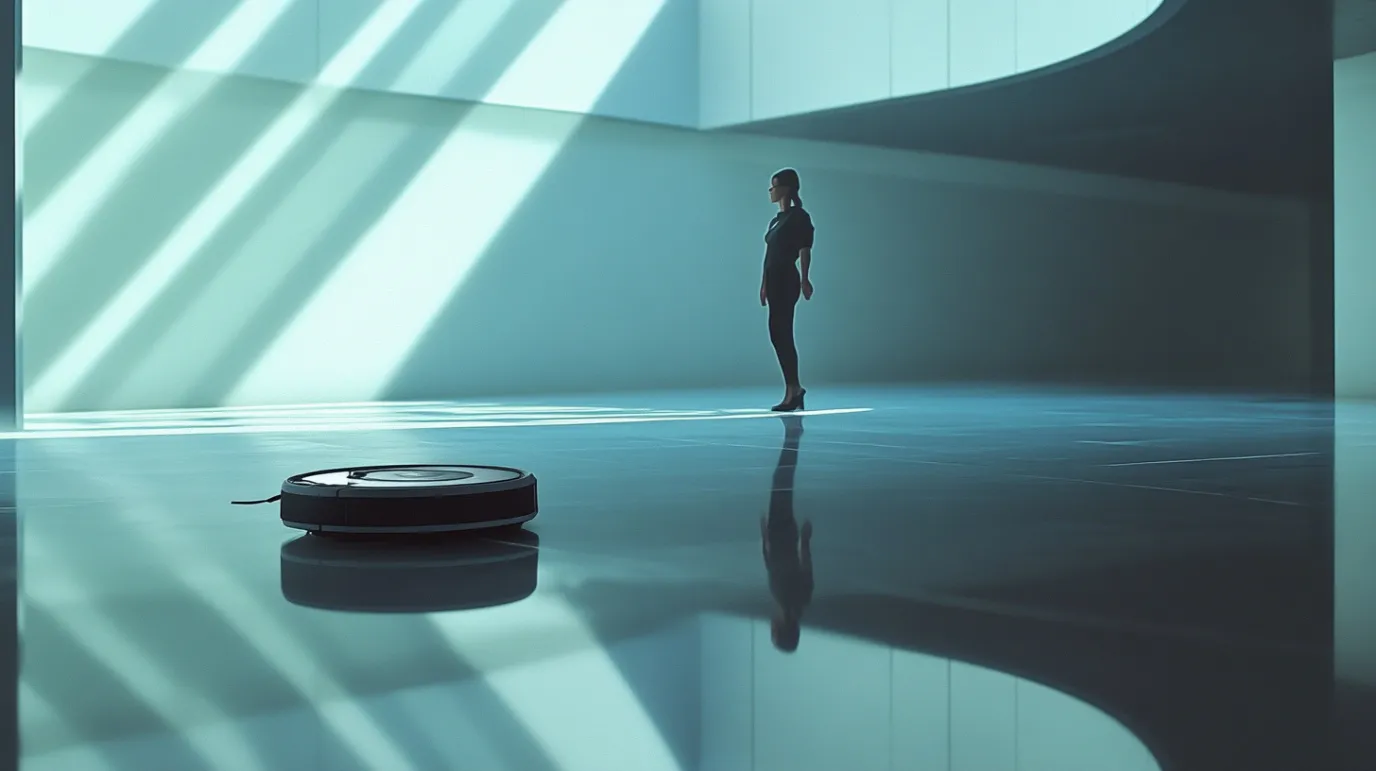
Reliability and Longevity
Roborock products demonstrate above-average reliability with reasonable repairability for common issues. The company has established a pattern of evolutionary rather than revolutionary product development, refining systems across generations rather than introducing dramatic changes. This approach appears to benefit reliability, with most models maintaining consistent performance over 3-4 years of regular use.
Customer service quality has improved significantly in recent years, though parts availability for older models remains somewhat limited compared to iRobot’s ecosystem.
Value Assessment
Roborock consistently offers strong price-to-performance ratios across their product range. Their mid-range models often provide capabilities that match competitors’ premium offerings, while their flagship models introduce thoughtful innovations that address practical limitations rather than simply adding marketing features. The company’s steady software update history enhances value over time.
Shark: The Accessible Alternative
Shark entered the robot vacuum market leveraging their experience in traditional vacuum design, focusing on practical cleaning performance at accessible price points.
Cleaning Performance
Shark’s robot vacuums demonstrate particularly effective hair handling, benefiting from the company’s extensive experience with this common cleaning challenge. Their self-cleaning brushroll technology minimizes maintenance requirements, though overall suction power typically lags behind premium competitors.
The Matrix Clean navigation pattern (moving in perpendicular passes) provides more thorough cleaning than basic random navigation while keeping costs lower than mapping systems. Edge and corner cleaning performance is generally superior to similarly priced alternatives.
Mopping functionality in hybrid models is basic but functional, lacking the pressure and agitation of more sophisticated systems. The separate VACMOP line offers better mopping performance through disposable pads but without the automation of premium competitors.
Navigation and Mapping
Shark’s approach to navigation emphasizes practical coverage over technical sophistication:
- Entry-level models use refined versions of random navigation with methodical components that improve efficiency without adding significant cost.
- Mid-range models employ gyroscopic navigation with room awareness but without persistent mapping.
- Premium models like the AI Ultra utilize LIDAR for mapping and efficient navigation, though with less sophisticated obstacle avoidance than category leaders.
The Matrix Grid mapping system creates useful visual cleaning records but lacks the detailed customization options of more advanced competitors.
User Experience
Shark’s app interface prioritizes simplicity over comprehensive controls, making it accessible to less technical users. Basic scheduling, cleaning mode selection, and maintenance reminders work reliably, though power users may find the limited customization options restrictive.
A standout feature is the exceptional hair removal self-cleaning system that actively prevents brush roll tangles—a practical benefit that addresses a common pain point for many households.
Reliability Factor
Shark products generally demonstrate good short to medium-term reliability (2-3 years) with somewhat limited repairability. The company’s traditional vacuum experience seems to benefit mechanical durability, though electronic component longevity appears average. Battery degradation occurs at typical rates for the category.
Customer service receives generally positive ratings, with North American support particularly responsive. Warranty service is straightforward, though repair options beyond the warranty period are more limited than for brands like iRobot.
Value Assessment
Shark offers compelling value in the entry and mid-range segments, delivering effective cleaning performance without the premium pricing of more technologically advanced alternatives. Their models provide practical functionality focused on actual cleaning results rather than showcasing cutting-edge technology. For households with realistic expectations and straightforward cleaning needs, Shark presents one of the stronger value propositions.
Specialized Contenders Worth Consideration
Beyond the major mainstream brands, several specialized manufacturers offer unique advantages for specific use cases:
Dreame: The Rising Challenger
Dreame (associated with the Xiaomi ecosystem) has rapidly established itself as a technical innovator, particularly with their L10s Ultra model featuring 5,300 Pa suction, advanced mopping, and a comprehensive self-maintenance dock. Their aggressive pricing strategy delivers premium features at mid-range price points, though long-term reliability remains somewhat unproven given their relatively recent market entry.
Eufy: The Privacy-Focused Option
Eufy (by Anker) distinguishes itself with models that offer mapping and navigation without cloud dependency. Their commitment to local data processing appeals to privacy-conscious consumers, though at the cost of some advanced features. Cleaning performance in models like the X8 is competitive, particularly on hard floors, while maintaining lower price points than premium alternatives.
Neato: The D-Shape Specialist
Neato pioneered the D-shaped design that enables superior corner and edge cleaning. While the company has faced financial challenges, their unique form factor still offers the best edge cleaning performance in the category. The flagship D10 model combines this design advantage with LIDAR navigation and strong suction, creating a specialized tool for homes with many corners and wall edges to clean.
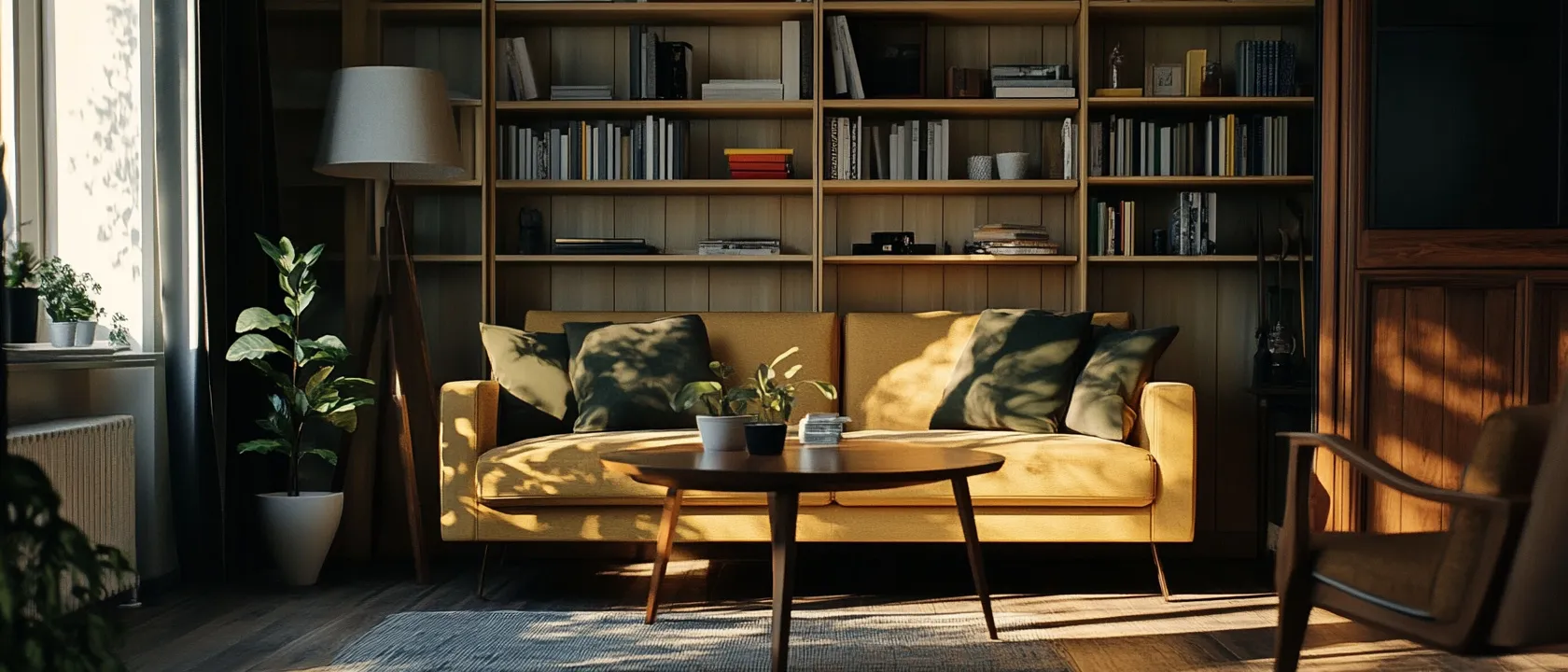
Real-World Considerations Beyond Specifications
Technical capabilities tell only part of the story. Several practical factors significantly impact satisfaction with robot vacuums:
Home Layout Compatibility
Robot vacuum performance varies dramatically based on home characteristics:
- Open floor plans with minimal thresholds benefit from any navigation system, making even budget models reasonably effective.
- Multi-room layouts with narrow doorways challenge less sophisticated navigation systems, often requiring LIDAR or camera-based mapping for satisfactory results.
- Multi-level homes necessitate either multiple robots or models with reliable floor plan memory and easy portability.
- High-pile carpets remain challenging for most robots, with only the most powerful models providing effective cleaning on carpets exceeding 1.5 inches.
Maintenance Requirements
The promise of automation diminishes if the robot requires frequent attention:
- Dustbin capacity varies widely, from compact 0.2-liter bins requiring emptying after each cleaning to auto-empty systems that operate for weeks without intervention.
- Filter cleaning frequency impacts both performance and air quality, with premium models often featuring washable filters that maintain efficiency longer.
- Brush maintenance differs significantly between brands, with some requiring weekly cleaning while others implement self-cleaning systems that operate effectively for months.
- Sensor cleaning needs vary by navigation type, with camera-based systems typically requiring more frequent attention than LIDAR alternatives.
Noise Considerations
Robot vacuums operate at varying volume levels that affect their practicality:
- Baseline operation ranges from 55-70 dB, with premium models often featuring quieter operation despite stronger suction through better acoustic engineering.
- Carpet boost modes typically increase noise by 5-10 dB when activated, affecting the feasibility of operation during sleep or work hours.
- Docking sounds vary dramatically, with auto-empty systems producing brief but intense noise (75-85 dB) during emptying cycles.
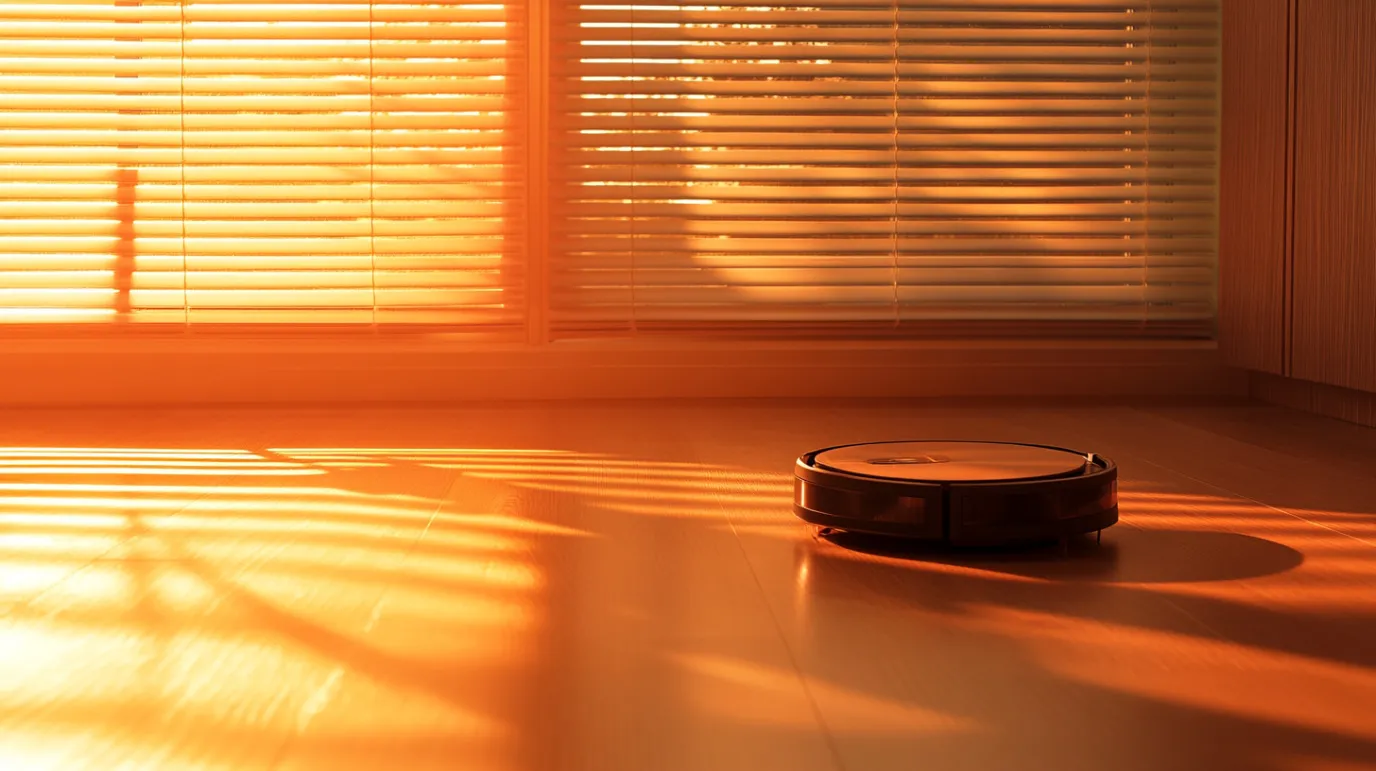
Conclusion: Which Brands Truly Deliver?
After comprehensive evaluation across cleaning performance, navigation intelligence, reliability, and value, clear patterns emerge:
For Maximum Reliability and Long-Term Value
iRobot (Roomba) maintains its position as the reliability leader, with the longest average operational lifespan and best long-term support. The j7+ and j9+ models deliver on the crucial promise of obstacle avoidance, particularly for pet owners concerned about waste incidents. While not offering the absolute strongest cleaning performance or most advanced features, Roomba provides the best probability of satisfactory operation over 5+ years.
For Technical Innovation and Complete Automation
Ecovacs leads in implementing comprehensive automation, particularly with their OMNI systems that handle virtually all maintenance tasks automatically. The X1 OMNI and T20 OMNI represent the closest approximation of the “set and forget” ideal that many consumers seek, with superior mopping capabilities as a significant advantage. Their primary limitation remains questionable long-term reliability compared to more established alternatives.
For Balanced Performance and Value
Roborock offers the most consistent experience across price points, with thoughtful engineering that addresses practical limitations without unnecessary complexity. Their navigation efficiency, effective cleaning performance, and reasonable reliability make models like the S8 and Q7 series appropriate for most households. The logical progression of features from entry-level to premium models provides clear upgrade paths as needs evolve.
For Budget-Conscious Consumers
Shark delivers the most satisfactory experience at lower price points, with effective cleaning performance despite less advanced navigation systems. Their focus on core cleaning functionality over technical sophistication results in products that fulfill the primary purpose—clean floors—without commanding premium prices. For households with straightforward layouts and cleaning needs, Shark presents a rational alternative to more expensive brands.
The ideal robot vacuum ultimately depends on individual circumstances, including home layout, floor types, cleaning challenges, and budget constraints. However, the truth about robot vacuums is that technological sophistication doesn’t always translate to cleaned floors. The brands that truly deliver are those that balance cleaning performance, navigation intelligence, and reliability in configurations that address real-world cleaning needs without requiring excessive user intervention.
The most satisfied robot vacuum owners typically report not that their device offers the most impressive specifications or advanced features, but rather that it reliably performs its basic function day after day with minimal oversight—quietly maintaining clean floors while fading into the background of daily life. The brands highlighted in this analysis have demonstrated the greatest success in fulfilling this fundamental promise, though each with different strengths and limitations that must be matched to individual priorities.



